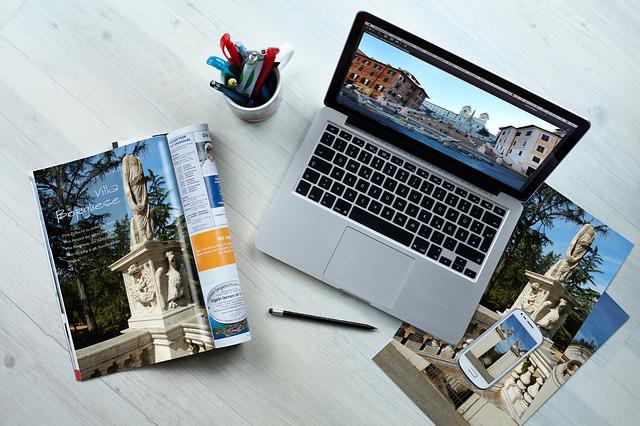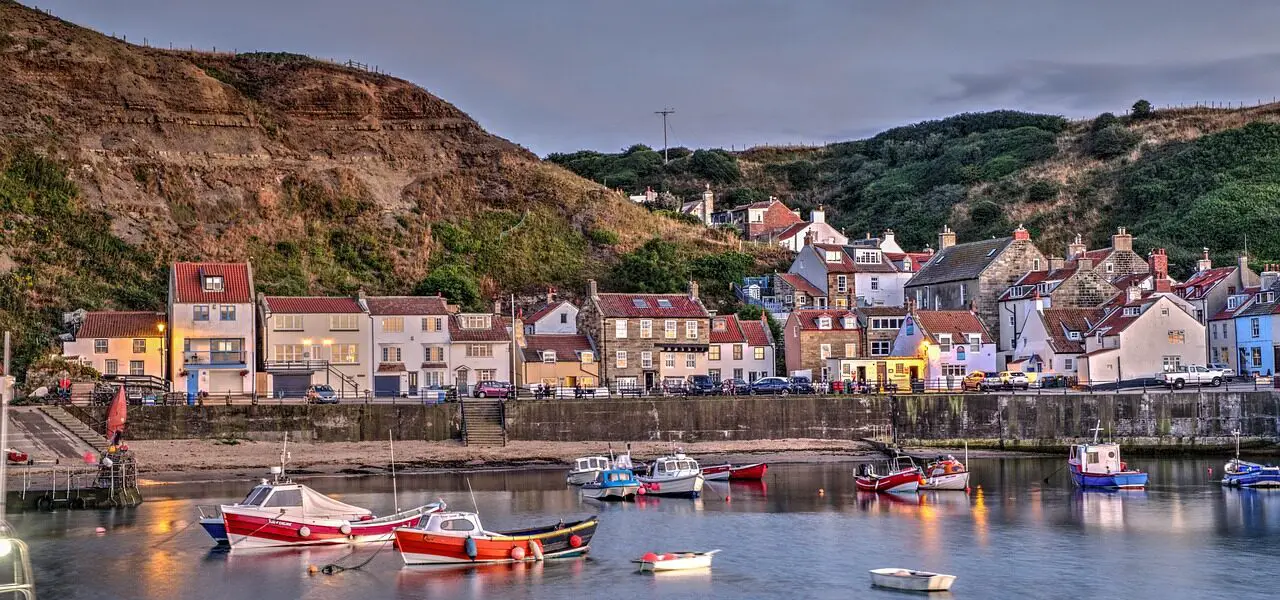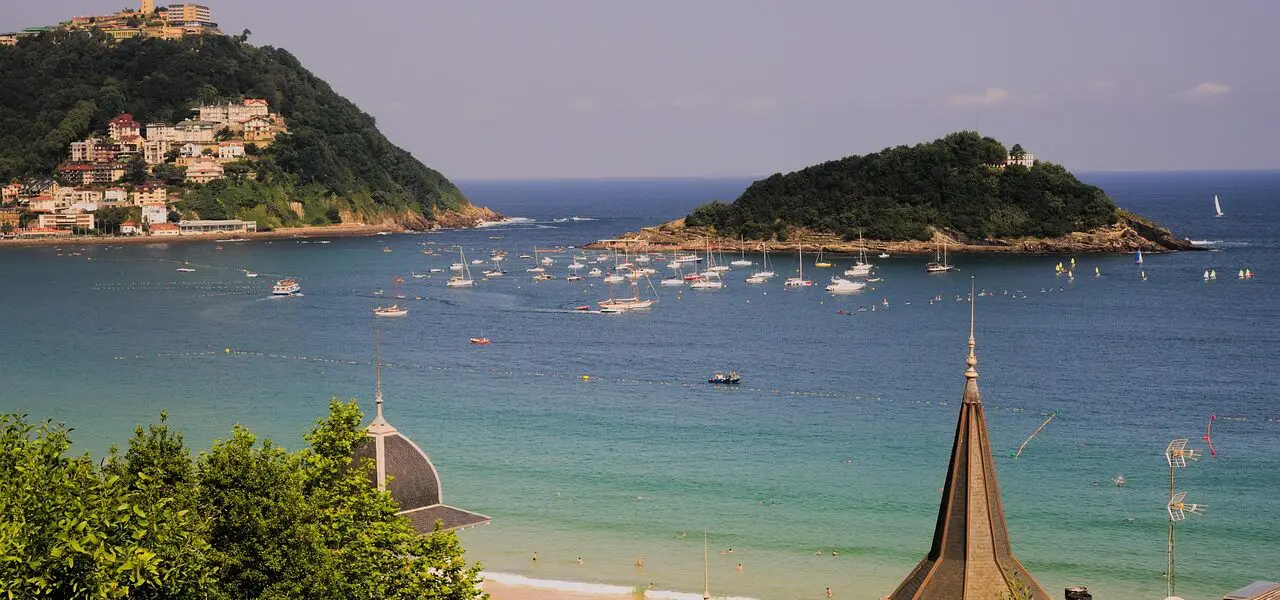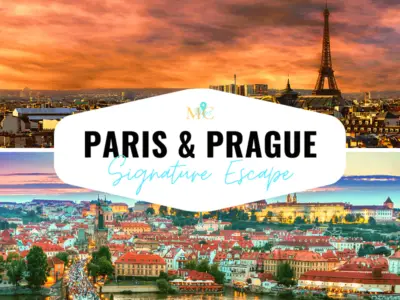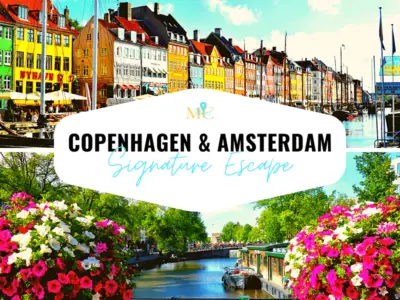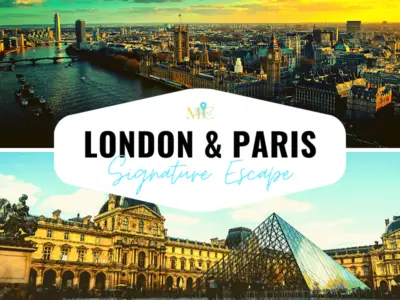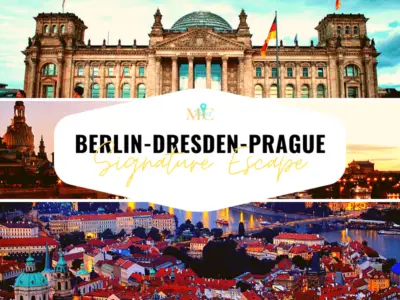The Ultimate Guide to 5 Different Types of Coffee in Europe
The story of Europe and its coffee is a tale as old as time. It is a story about love, culture, traditions, and art. While the rest of the globe may view the beverage as only a source of caffeine pump to help them kickstart their days, or more recently, an art form, things are very different across Europe. Although the artisan culture of coffee is creeping into Europe too, it is a long way until it can become half as dominant as the traditional approach to coffee in the continent. Over the centuries, European countries have crafted fine and unique brewing and preparation techniques, which lend their coffees distinct and warm touches of love and culture. If you are thinking about what the different types of coffee in Europe are, the list below is perfect for you.
1. Espresso

We begin our guide to different types of coffees consumed in Europe with the ultimate classic- Espresso. Espresso refers to a particular coffee-brewing method (usually, the product is called by the same name as the technique) that finds its origins in Italy. Despite this, the beverage finds its lovers almost homogeneously spread throughout the continent. You can find people standing on bars on European streets, hanging out with their friends or colleagues, sipping onto this powerful drink on a casual day.
Since the coffee is prepared by forcing nearly boiling water through finely-ground coffee beans under high-pressure conditions, espresso turns out to have the highest caffeine content per ounce, a higher viscosity, and a more concentrated flavor. The texture is regarded as smooth, creamy, and dense and is loved by people. Espresso also serves as a base in several other poplar coffees served around the continent and the world. It is usually served as shots but is meant to be drunk slowly, sip by sip.
2. Turk Kahvesi

Turk Kahvesi is a very popular type of coffee consumed in Eastern Europe primarily. Its origins can be traced to the Ottoman Era, which is when it was first popularized. The beverage also enjoys an interesting history, where because of its addictiveness, it was first labeled as forbidden by the Muslim rulers. However, this was soon repealed, and the coffee spread under the Ottoman banner to far European regions. Today, coffee entails its own culture, especially in Turkey and Bulgaria, where it is part of the countries’ social fabric.
Brewing the coffee requires boiling very finely ground coffee beans with water and sugar. The special thing about this coffee variant is that you cannot add sugar to it once the coffee has been removed from the stove. People often add cardamom, ambergs, and salep to the mix to get different flavors while the coffee is being brewed. It is often reheated twice to bring the desired froth. It is traditionally served in small porcelain cups and is a must-have in social gatherings and events.
3. Cortado
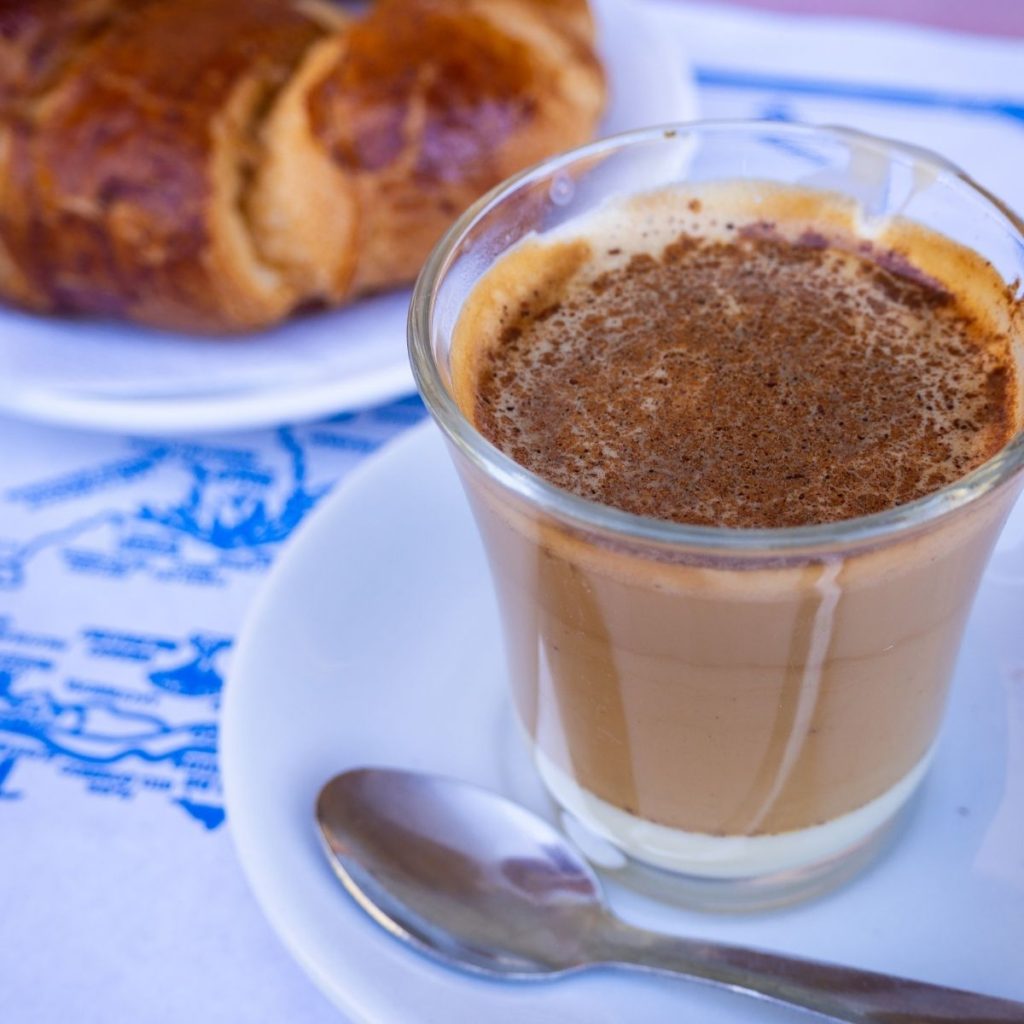
Tracing its origins in Spain, Cortado is another highly famous coffee type in Europe. When the Spanish were familiarized with espresso, they found the beverage a little too acidic for their taste. Therefore, they added some milk to the concentrated mix to produce the gem that Cortado is.
Cortado is a type of coffee that is all about the harmony of flavors. You would not find brands attempting to stylize the beverage or attempting to change its serving size- even giants like Starbucks in Europe do not attempt to do so! This is because Cortado is not lackluster in any manner. It does not require any revamping to alleviate its status. It is a simple mix of espresso and milk, in a 1:1 ratio, with no foam or froth on the surface. The blend of the two ingredients gives birth to a strong but balanced coffee flavor. Lovers of the drink describe it as smooth, powerful, robust, and incredibly delicious. Usually served in a small metal or glass glasses, Cortado is the perfect drink to start your day!
4. Café au Lait

Café au Lait is a type of coffee particularly popular with the French and Belgians, but it is the French who initially popularized this coffee. It is a milk-based coffee with innumerable variants throughout the globe and is therefore famous by different names. For example, it is referred to as Kawa Biala in Germany and Milchkaffee in Hungary. However, each country adds its element to the beverage.
The usual basic route to preparing café u lait is to brew coffee and add steamed milk to it, without any foam (the Belgians, however, like their café au laits with a dash of foam!). The coffee is then poured into a large mug or, more usually, special bowls. This contrasts with the café latte, a close contender prepared using an espresso shot, topped with steamed milk and a layer of foam. Therefore, café au lait is light, white, and sweet, making it an ideal item for breakfast, something that is seen in French households. For the French, this beverage is a must in their mornings and is often paired with croissants. What a combination!
5. Frappe

If we come to the Greece and Cyprus side of Europe, we find Frappe ruling the local coffee scenes. Originally an experimental coffee type created by a Nescafe representative, the Frappe is now well-integrated in southeast Europe’s postwar, outdoor coffee culture, especially in Greece. As the name suggests, Frappe is a type of cold coffee, which is most commonly prepared in a cocktail shaker or milkshake machine. The usual way to go about the process is to blend instant coffee and some water into a thick foam and then serve it in a tall serving glass with ice cubes, cold water, and sometimes, evaporated milk. People often experiment with different flavors when it comes to frappes, adding pistachios, caramel, and chestnuts to the blending mixture. Although a blended coffee drink, frappes do not really taste anything like coffee. It is a sweet, foamy drink that reminds you of chocolate milk when you take your first sip. It is nevertheless extremely delicious and popular with the Europeans.
Want to add a coffee culture experience to your Europe vacation?

Now that you know different types of coffee in Europe, you might think about adding a coffee culture experience to your European trip itinerary. If you find this type of multi-city trip planning to be too complicated to plan on your own, and don’t know where to begin we’re here to help!
At MultiCityTrips, multi-destination travel and complicated itineraries such as multi-city, multi-country European vacations that include some of the best European coffee destinations (to experience different types of coffee in Europe) are our specialties. Contact us today to learn more about how one of our experienced travel experts/destination specialists can personalize your multi-city European trip and craft the best vacation package (with the best destinations for the coffee experience of course!) at the best price.
Don’t want to start from scratch and need some trip inspiration? Check out our marketplace for customizable pre-designed packages available right now for many amazing destinations in Europe.
To learn more about how our process of trip planning works in detail, please see our “How It Works” page or check out our video on “How to Plan a Multi-City Trip to Europe in 5 Easy Steps” here.
Have questions for us? Schedule a FREE Call with us here or contact one of the travel experts/destination specialists at [email protected], call/text us at (888)223-2316 today


